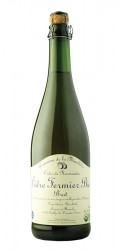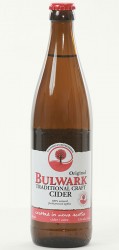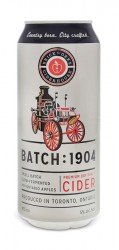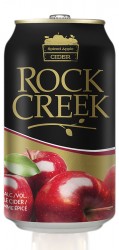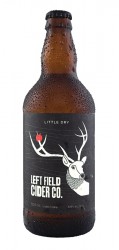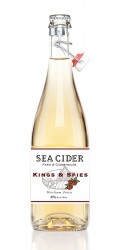by Peter Bailey
“Tell me what you eat and I will tell you what you are,” wrote Jean Anthelme Brillat-Savarin in The Physiology of Taste (1825). Or, in beer terms: you are what you drink.
Brillat-Savarin came to mind recently when the whole family, adult kids and all, sat down to watch High Fidelity on Netflix. John Cusack plays Rob, a record shop owner examining his failed romantic life, and Jack Black plays Barry, an epically obnoxious record store snob. For me the film is about taste; as Rob says, “What really matters is what you like, not what you are
like.” At one point, Barry sends a customer packing when he has the temerity to ask for a copy of I Just Called To Say I Love You. When Rob asks Barry, ‘What did he ever do to you,’ Barry responds, ‘he offended me with his terrible taste.’
As the credits rolled on High Fidelity, my kids agreed: Dad is Barry, the sneering record store snob. This stung, for years ago I consciously decided not to judge people for their taste in music or books or beer. Or at least, appear not to judge people. It’s not always easy and you don’t always fool people—clearly my kids are onto me. When people you love and respect enjoy things you do not, perhaps it is time to examine your aesthetic choices, or your life may prove to be a lonely one, my friend. So when my editor suggested I have a look at cider for this column, did I take my own advice? Eventually.
As tough as it is for me to imagine preferring a cider (aren’t they essentially alcopops?) over a beer, is it right for me to judge those rediscovering a traditional beverage?
Ask my wife—a long-time cider drinker (and sufferer of my snobbery).
Cider is the “it” beverage. Sherbrooke Liquor’s Stephen Bezan tells me cider is the hottest category at the store these days, with 30 new ciders added over the last six months to the dozens in Sherbrooke’s beer cave. Stephen suggests the cider surge is the result of the surge in gluten-free awareness and the artisan food movement, with people looking for unique hand-crafted and farm-fresh products. Stephen has seen a crossover from craft beer too, with beer geeks looking for a new taste and cider-makers using hops or beer yeasts. Even wine-lovers appreciate the terroir aspect of cider, with craft ciders tied to specific apple varieties grown in particular orchards in variable seasons.
My wife is chuffed to be ahead of the curve on this one. Why not outsource this cider column to the in-house expert? You guessed it: the beer snob in me. Having tried whatever ciders are on offer in pubs, restaurants and liquor stores from Montreal to Maui, my wife’s taste tends to fall on the sweeter, thus often more popular, side. And, reflexively, beer geeks (and music snobs) are suspicious of anything popular, like the record store clerk who sees his indie band become U2.
“Aren’t they too sweet?” I say of her choices, falling right into a rhetorical trap. Sweet, yes; too sweet—that, my wife reminds me, is a matter of taste. Why, she laments, is dry always valued over sweet? Quickly backpedalling, not wanting to end up like Barry in High Fidelity, listening alone to “sad old bastard music,” I agreed we should try some ciders together, with an open mind and an objective palate.
Cider is fermented apple juice, pure and simple. Commercial ciders like Magners or CM MY Strongbow are made of 10 to 30 per cent apple juice and often filled out with sugar and water while craft ciders are 80 to 100 per cent juice. We sampled a variety of CY ciders and chose to feature the six below—one French and five Canadian.
Peter Bailey vows to bite his tongue even if he sees you drinking Shock Top or Lucky Lager. He tweets as @Libarbarian.
